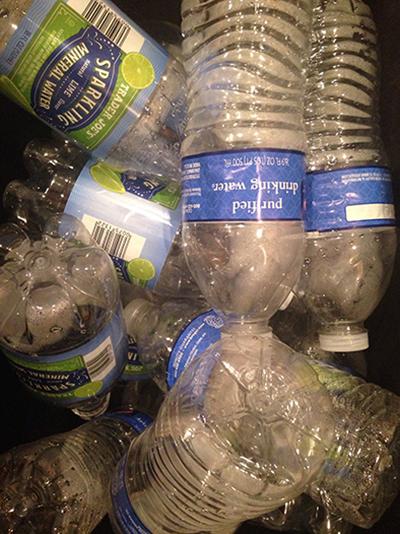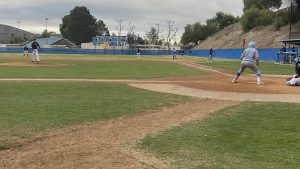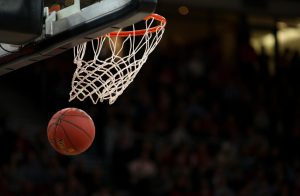Move major water bottle distributors out of California

California’s scarce water supply is being used up partially by the major water bottle distributors which are stationed in the drought-ridden state.
May 14, 2015
California is in the midst of an exceptionally severe drought. Last year was the driest the state of California has been since 1895, according to Ca.gov. The drought is affecting the entire state, but some areas are drier than others. A total of 17 rural communities almost ran out of water completely in 2014.
The severity of California’s drought caused Governor Jerry Brown to issue a State of Emergency in January of 2014. This emergency proclamation called for certain measures to make water readily available, such as starting a Save Our Water campaign.
New measures are added frequently, since the drought is still largely affecting the state, but a vital step still has not been taken.
Many major water bottle companies, including Aquafina, Dasani, Arrowhead, and Crystal Geyser are stationed in California. This means that these water bottle distributors are obtaining their water from both groundwater sources and municipal tap water sources within the state of California. All four of these companies are even partially stationed in central California, which is considered an area of exceptional drought.
There is still a huge demand for bottled water in America, despite the widespread knowledge of the environmental damages it causes even beyond worsening the drought. In 2012 the United States water bottle companies produced 10 billion gallons of bottled water and obtained $12 billion in revenue, according to the International Bottled Water Association.
The main reason that most water bottle distributors are remaining in California is simply because they have been stationed there for many years and, therefore, are not willing to relocate. Although these companies argue that most of our water supply is used for agricultural purposes and a small percentage is used for bottled water, finding a new state that is not drought-ridden to produce bottled water would still be beneficial. Every small step can help lessen the severity of the drought.
Although these companies are still obtaining large quantities of water to fill their bottles each year, students at Moorpark College should be taking steps to reduce the amount of bottled water they utilize in everyday life. There are several areas on campus with water fountains and even filtered water to fill a canteen. Putting this step into effect along with other important water-saving steps can help California’s drought tremendously. For other ideas on how to conserve water, visit www.saveourwater.com.





